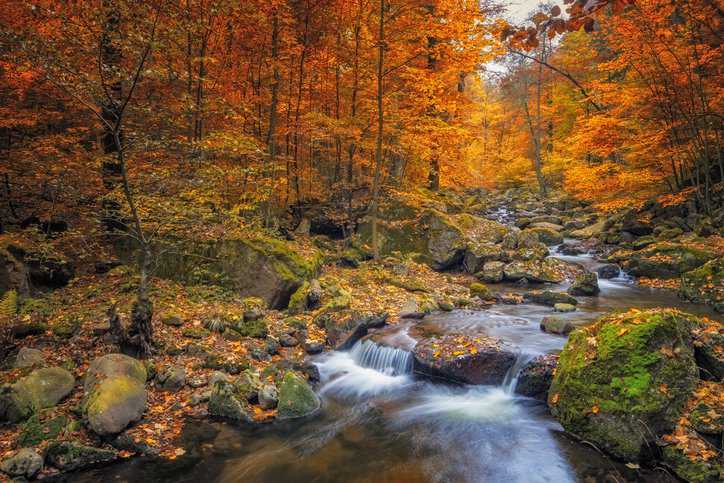ASTM D7480-21: Forest Management Plan

In one year, a mature tree will absorb more than 48 pounds of carbon dioxide (CO2) from the atmosphere. By storing that carbon, a forest helps regulate the global climate, absorbing nearly 40% of the fossil-fuel emissions we humans produce. In exchange for absorbing CO2, trees release the oxygen we need to live. Simply put, we cannot survive on Earth without forests. ASTM D7480-21: Standard Guide For Evaluating The Attributes Of A Forest Management Plan provides a common framework to describe, monitor, assess, and report on national or regional forest trends and progress toward sustainable forest management.
Importance of Forests
Approximately 70% of terrestrial animals and plants make their homes in forests; more than 25% (i.e., nearly 1.6 billion) of the world’s people rely on forest resources for their livelihoods. The economic value of these ecosystem services has been estimated at $33 trillion per year, which is twice the GDP of the United States. Despite all that forests do for us, they continue to be sacrificed to human consumption as since 1990, 16 million hectares per year were deforested. To regenerate the resources that we are consuming, we would need 1½ Earths. Simply put, our current consumption levels cannot be sustained. The only realistic way to conserve our forests is to apply sustainable forest management practices like those provided in ASTM D7480-21.
What Is ASTM D7480?
ASTM D7480-21 provides a list of criteria and indicators that have been shown to be useful in achieving the goals of a sustainable forest management plan. This guide lists a set of criteria (the intent or meaning of each criterion is made clear by its respective indicator) considered to be important for the following tasks:
- To describe, assess, and evaluate progress toward sustainability of forest management at the national, regional, or individual forest level.
- To inform the policy debate at regional, national, and international levels.
- To evaluate the attributes of a forest management certification or evaluation system with a specific combination of forest management principles, practices, or adaptations, where such practices are evaluated against a set of prescribed standards.
The guide in ASTM D7480-21 requires compilation of information from multiple sources across various governmental and nongovernmental agencies. For it to be useful, it is recommended that the information collected is in alignment with that which is already collected for other purposes; otherwise, these indicators may be too great an effort to combine in a timely fashion. ASTM D7480-21 is intended to be used by developers of standards and other documents in the field of renewable resources and green building to evaluate whether the attributes of a specific forest management system meet the intent of sustainable forest management.
Although ASTM D7480-21 provides a qualitative list of criteria for evaluation of forest conditions, it does not purport to recommend any specific forest management certification or evaluation system or subset of overall attributes. The standard does not replace forest certification or verification standards.
What Is Sustainable Forestry?
“Sustainable” means to maintain, continue, and keep for present and future generations; “forestry” is the science and art of managing forests. Therefore, sustainable forestry is about caring for and managing forests to provide the natural resources, such as wood and clean water, that we need presently and in the future. Sustainable forestry is also concerned with sustaining/preserving the wildlife and wildlife habitat, landscapes, trees, smaller plants, soils, and other parts of the forest; it involves protecting forests from wildfire, pests, and diseases.
The First National Forest in the US
You may already know that Yellowstone was America’s first national park, established back in 1872, but less well-known is the fact that Yellowstone was also America’s first national forest, established on March 30, 1891. Yellowstone was designated as the nation’s first national forest by President Benjamin Harrison after Congress gave the president the power to create forest reserves from public lands on March 3, 1891. Under Theodore Roosevelt’s presidency, however, Yellowstone’s land was divided into a handful of forests. These areas are known today as the Custer, Bridger-Teton, Shoshone, and Caribou-Targhee National Forests. As of today, the park is home to 27 national forests.
ASTM D7480-21: Standard Guide For Evaluating The Attributes Of A Forest Management Plan is available on the ANSI Webstore.






